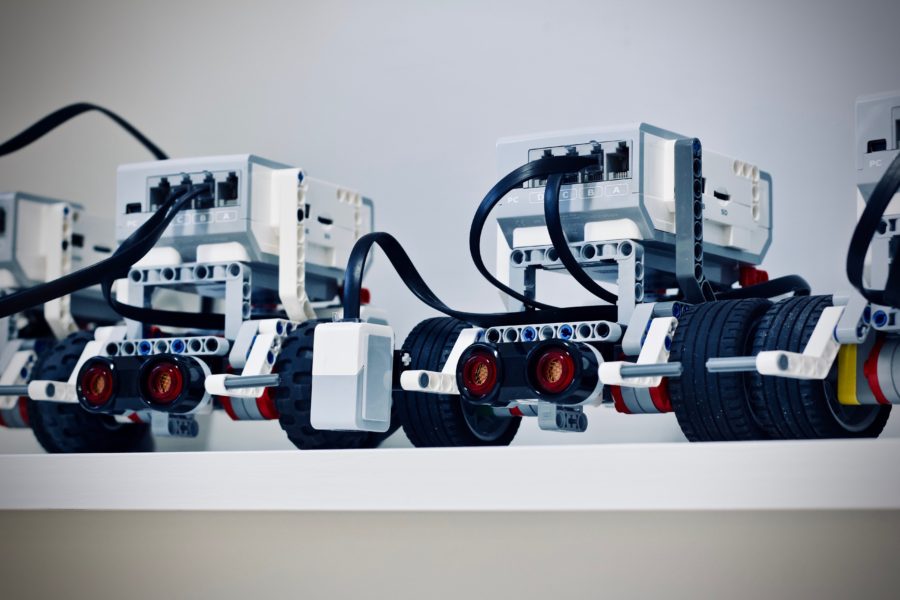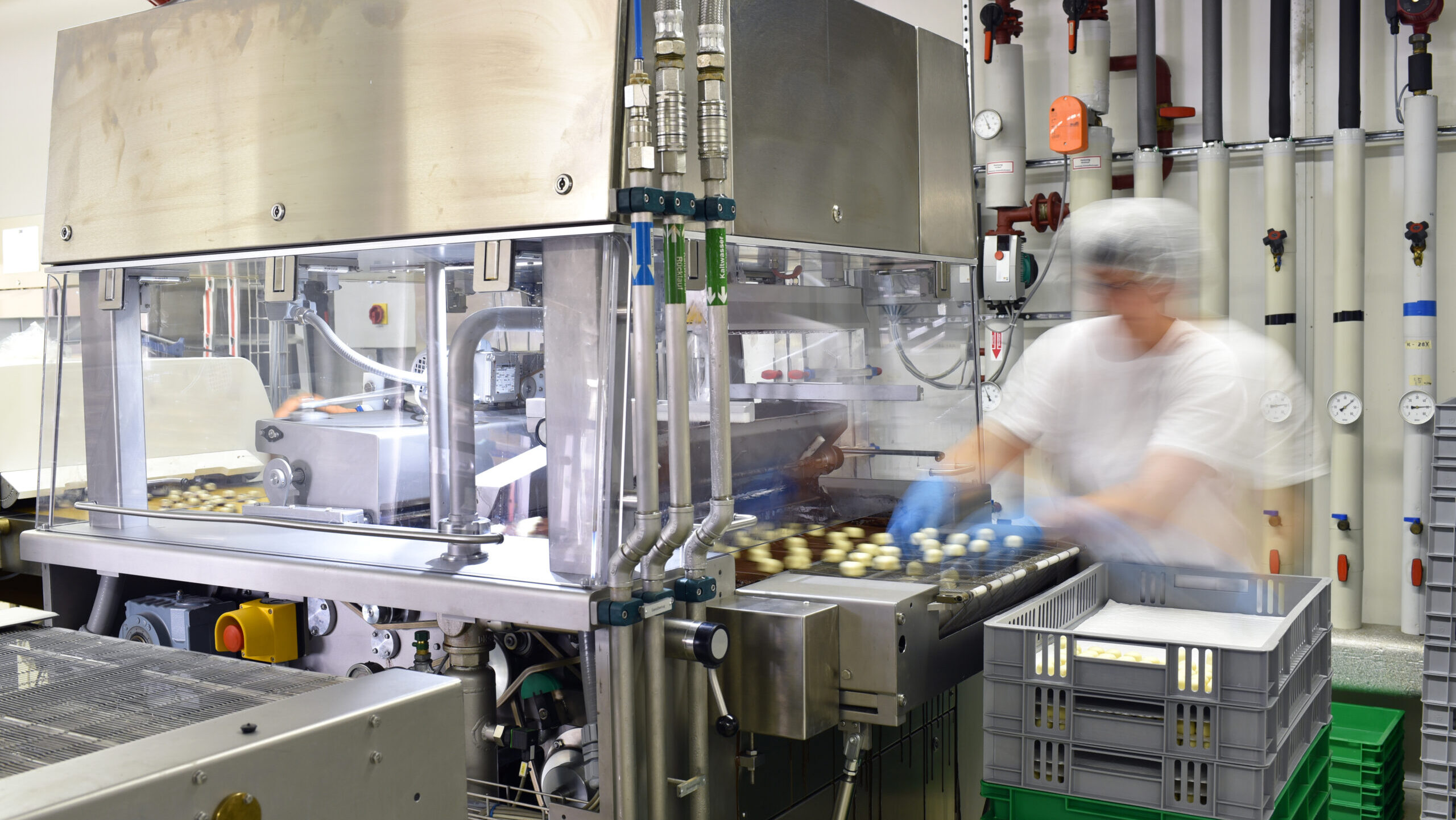The COVID-19 pandemic is accelerating a trend towards automation, according to a report from the Federal Reserve Bank of Philadelphia.
The report found that most job losses during the public health crisis would be temporary, but cashiers, hotel staffers, parking attendants, and other jobs were at risk of permanently being replaced with technology, reported The Seattle Times (Sept. 15).
COVID-19 has forced companies to limit contact between customers and employees, resulting in more automation in the food industry—such as meatpacking plants deploying slaughterhouse robots.
“Policymakers need to rethink how to improve the safety net for workers abruptly displaced by the pandemic, who also face an imminent risk of being replaced by technology, as well as how to prepare for the complex workforce transitions ahead,” the report said.
The study’s authors compared automatable jobs—including shuttle drivers, retail salespersons, and bank tellers—to occupations at low risk of being taken by robots such as nurses, plumbers, and teachers. Workers with automatable occupations lost 4.2 more jobs per 100 than the low-risk workers as of August. There were 2.6 million jobs nationwide at risk of permanent automation last month, the study found.
The report noted that previous recessions resulted in technology replacing laid-off workers too, leading to “jobless recoveries.”
“The actual impact of automation thus could be either relatively modest or quite serious, ultimately depending on when the coronavirus can be contained and how firms and the government respond to automation technologies,” the report said.
At a restaurant in Seoul, South Korea, “Aglio Kim,” a trolley-like robot which uses artificial intelligence (AI), is delivering food to customers, reported Reuters (Sept. 15).
After customers order through a touch-screen on the table, the robot, developed by South Korean telecoms company KT Corp, brings the food and uses its visual SLAM (simultaneous localization and mapping) capabilities to avoid obstacles and navigate around customers.
It can deliver food to up to four tables at once, according to KT’s AI Platform Business Team leader Lee Young-jin. The AI robot is equipped with food trays which can carry up to 30 kilograms and an LCD screen and speaker than can communicate in both Korean and English.
“Customers found the robot serving quite unique and interesting, and also felt safe from the coronavirus,” said Lee Young-ho, a manager at the Mad for Garlic restaurant which has tested the robot this month.
KT aims to supply more robots for restaurants this year and will unveil a second model with AI voice recognition technology in 2021.
Meanwhile, German startup DaVinci Kitchen premiered an all robotic pasta meal prep line, reported The Spoon (Aug. 24).
Their goal is to sell it to catering companies, restaurants, or food courts which want to reduce human contact during COVID-19, as well as those looking to increase production by utilizing ‘chefs’ who never need to sleep. The startup raised $780,000 in their first financing round.
The 53-sq. ft. DaVinci kiosk features a fresh pasta extruder, 10 ingredient dispensers, boiling and cooking stations, and an articulating arm for mixing. The machine can operate 24 hours a day and can make two dishes in three minutes.
The company currently has one robot up and open for specific tastings and is scheduled to have its first public installation in December, according to DaVinci Kitchen founder and CEO Vick Jorge Manuel.
Manuel noted that the DaVinci system isn’t limited to pasta. “Davinci can do a lot of different styles and kinds of food,” the CEO said, “We offer this system for customers that you can swap sections out. All we need to do is swap out one section and then add a fryer or whatever.”












